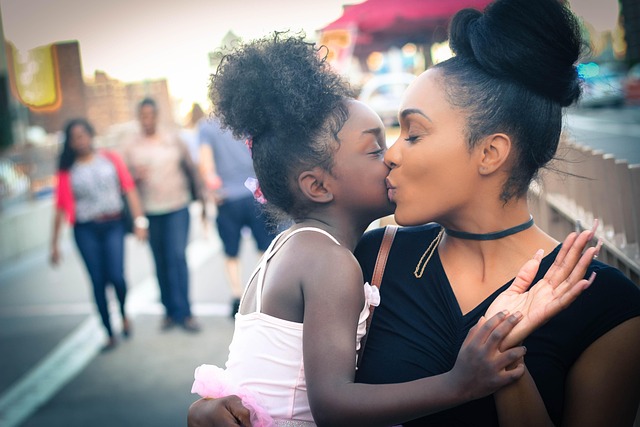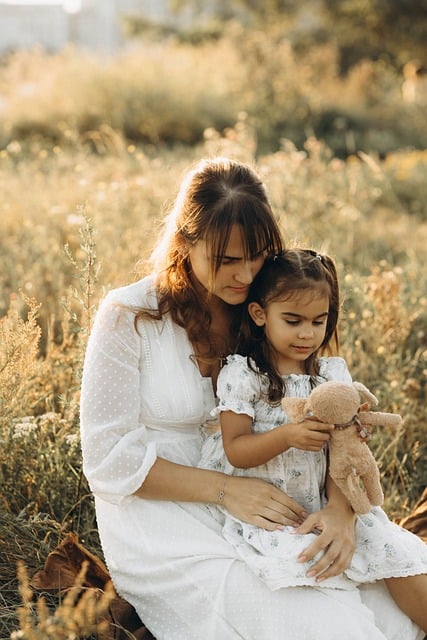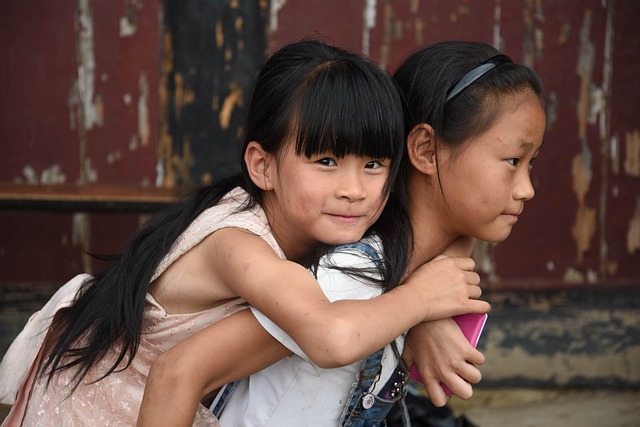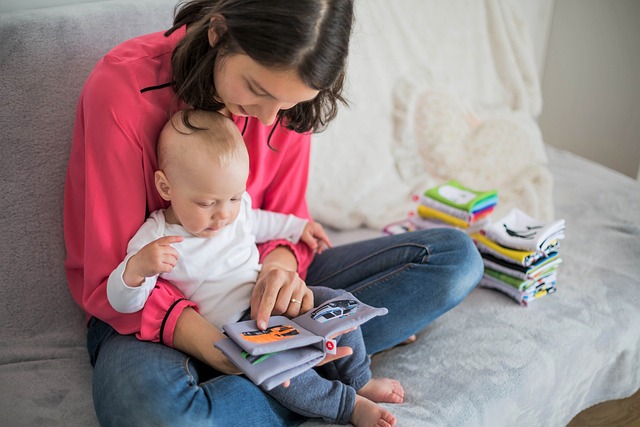The Child Protective Services Law (CPSL) in Oregon is a vital tool for protecting vulnerable children within the welfare system, offering a robust framework against abuse and neglect. This legislation enables authorities to conduct investigations, take proactive measures for child safety, and provide comprehensive services to victims and families. By prioritizing early intervention and preventive support, CPSL ensures children receive appropriate care while maintaining strict protective principles. Understanding this law is crucial for advocates aiming to effectively navigate the system and positively impact young lives. Community involvement is encouraged through reporting suspected abuse or neglect, with CPS taking essential steps towards intervention and support. Effective advocacy involves empowering at-risk youth with knowledge of their rights and building strong support networks, fostering resilience and preparing them for adulthood. Advocates play a pivotal role in guiding vulnerable children and families, ensuring their voices are heard and needs met under Oregon's complex CPSL.
In Oregon, the child protective services law forms a crucial foundation for advocating for vulnerable youth within the welfare system. This article explores key aspects of effective advocacy, from understanding the legal framework and the role of children’s advocates to strategies for identifying and reporting abuse and neglect. We delve into supporting at-risk youth, navigating legal processes, and ensuring justice for these vulnerable children. By empowering advocates, Oregon can foster a safer, more supportive environment for every young person in need.
- Understanding Oregon's Child Protective Services Law: A Foundation for Advocacy
- The Role of Children's Advocates in the Welfare System
- Identifying and Reporting Child Abuse and Neglect
- Supporting At-Risk Youth: Strategies for Effective Advocacy
- Navigating the Legal Process: Ensuring Justice for Vulnerable Children
Understanding Oregon's Child Protective Services Law: A Foundation for Advocacy

In Oregon, the Child Protective Services Law (CPSL) serves as a cornerstone for safeguarding and supporting vulnerable children within the welfare system. This legislation outlines a comprehensive framework to protect children from abuse and neglect, ensuring their well-being and stability. Understanding the CPSL is essential for advocates who aim to make a positive impact on these young lives.
The law grants authorities the power to investigate reports of child abuse or neglect, take necessary actions to ensure safety, and provide services to both victims and families. It emphasizes early intervention, focusing on prevention and support rather than solely reactive measures. By familiarizing themselves with the CPSL, advocates can navigate the system effectively, ensuring that children receive the appropriate care and resources while upholding the law’s principles and protections.
The Role of Children's Advocates in the Welfare System

Identifying and Reporting Child Abuse and Neglect

In Oregon, identifying and reporting child abuse and neglect is a critical aspect of ensuring the safety and well-being of vulnerable children within the welfare system. The state’s child protective services law emphasizes the importance of community involvement in recognizing potential cases. Anyone interacting with children, including teachers, caregivers, and neighbors, should be vigilant for signs of abuse or neglect, such as physical injuries, emotional distress, or a child’s inappropriate behavior indicating a traumatic experience.
Reporting suspected abuse or neglect is a legal obligation under Oregon’s child protective services law. Individuals can make a report through the state’s dedicated hotline or by contacting local law enforcement. Prompt reporting enables child protective services to investigate and intervene, providing necessary support and protection for affected children. This proactive approach aims to break cycles of trauma and ensure children in the welfare system receive the care and stability they deserve.
Supporting At-Risk Youth: Strategies for Effective Advocacy

Supporting at-risk youth involves a multifaceted approach, especially within Oregon’s welfare system where Child Protective Services (CPS) plays a pivotal role. Effective advocacy for these young individuals requires a deep understanding of their unique challenges and strengths. One key strategy is to empower them with knowledge about their rights under the CPS law, enabling them to make informed decisions and actively participate in their cases. This can be facilitated through educational workshops or one-on-one counseling sessions that teach them about the legal process, available resources, and their entitlements to a safe and stable future.
Additionally, building strong support networks is crucial. Advocacy groups, community organizations, and foster care agencies can collaborate to create comprehensive services tailored to individual needs. By providing mentorship, career guidance, and access to mental health resources, these networks can help at-risk youth navigate challenges and thrive despite adversity. Such strategies not only ensure their immediate well-being but also foster resilience, preparing them for a successful transition into adulthood.
Navigating the Legal Process: Ensuring Justice for Vulnerable Children

Navigating the legal process within Oregon’s child protective services law is a complex task, especially for vulnerable children and their families. Many children in the welfare system face unique challenges, including trauma and a lack of representation. Understanding the legal system and their rights is crucial for these young individuals to receive the justice they deserve.
Advocates play a vital role in guiding and supporting children through this process. They ensure that every child’s voice is heard, their needs are met, and their best interests are represented. By familiarizing themselves with the Child Protective Services (CPS) law, advocates can effectively communicate with legal teams, social workers, and courts, ultimately advocating for a fair and just outcome for each child.






